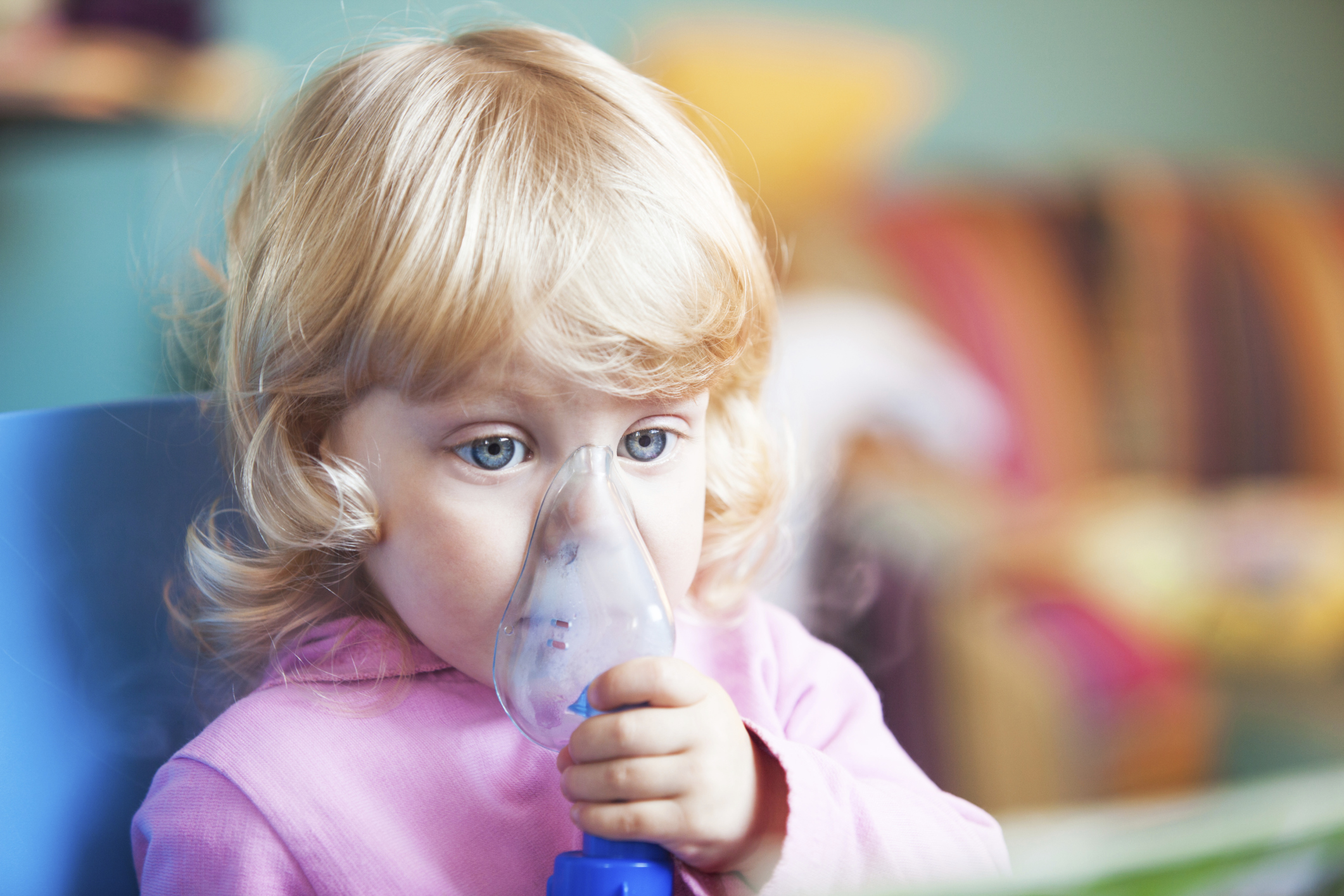By Doris Rathgeber
Childhood asthma might be more common than you think. Approximately 10 percent of children suffer from this disease, which typically develops between the age of four and five. While the causes of childhood asthma aren't fully understood, various factors include exposure to pollution, heredity and early respiratory infections.
During an asthma attack, a child might first experience mild chest pressure and a dry cough, followed by bronchial spasms causing a cough and severe breathing difficulties.
Acute outbreaks are triggered by infections of the upper respiratory tract or allergies. Asthma comes in different forms and levels. For less severe cases of asthma, 50 percent of children will grow out it.
While Western medicine merely controls attacks, Traditional Chinese Medicine (TCM) can cure the root of the asthma. Even in the most severe cases, a reduction in symptoms can usually be achieved.
In TCM, asthma is called qi chuan bing or xiao chuan bing, which indicates a disease of breathing difficulties, with or without breathing noises. TCM understands asthma as due to an immune deficiency located in the lungs.
The lung qi (or vital energy) cannot protect the body from the intrusion of wind, cold, heat and dampness (all considered evil pathogens that cause diseases), which in turn causes phlegm accumulation in the lungs. Phlegm can cause coughing and breathing difficulties.
Because children’s lungs are slowly maturing and still weak, they are more likely to experience upper respiratory tract diseases such as asthma.
Asthma attacks are most likely to occur during rapid changes of weather or when allergen levels are high (pollen, smoke, pollution, etc.). Diet can also play a role. According to TCM, some foods that are heavy, sweet and greasy, along with seafood, should be avoided.
In order to treat asthma properly, the TCM physician must identify the root cause of asthma (accumulation of heat, phlegm and cold fluids in the lungs) to design a treatment plan.
Most often, herbal medicines achieve positive results. If the child is old enough to remain still and is not afraid of needles, acupuncture could also be applied to treat asthma. Otherwise, Tuina massage for children is also indicated.
TCM can significantly improve asthma symptoms and patients usually can live without asthma spray or any other kind of medication after three to six weeks of treatment. Maintaining a basic herbal therapy intake is generally sufficient.
In severe cases, an integrated approach is often preferable – using Western medicine to control severe attacks and TCM to treat the underlying causes. And while a cure is not always possible in all cases, improvement can almost always be observed.
So next time you are wondering how to treat your child’s asthma as naturally as possible, consider asking a TCM doctor for assistance.
// Doris Rathgeber is the founder and general manager of Body & Soul-Medical Clinics, www.tcm-shanghai.com.


















